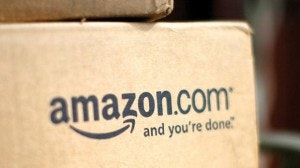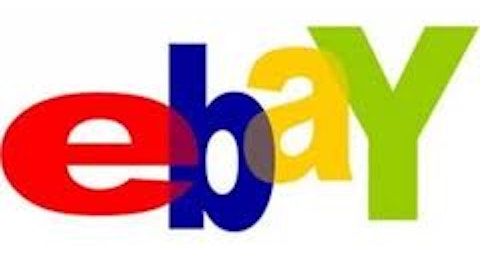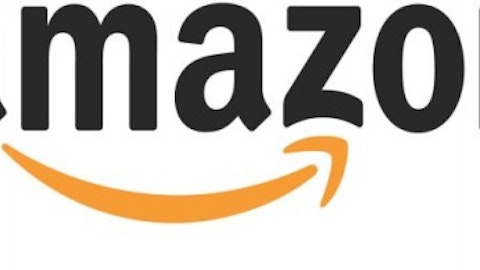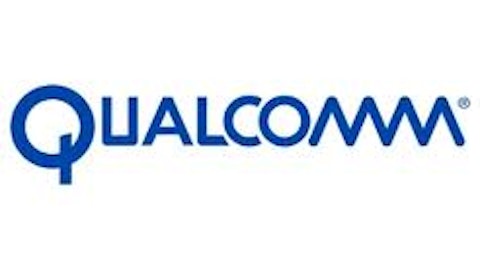Once referred to as the world’s largest online bookstore, Amazon.com, Inc. (NASDAQ:AMZN) is that and so much more today. As the company has added more products and services to its overall mix, its customers, merchants, and shareholders have all benefited — and it looks like this may continue to be the case moving forward.
Continuing to expand
Recently, Amazon reported very solid first-quarter 2013 profits. These were due in part to gaining more control over the company’s shipping expenses and other costs. Decreased shipping costs came from Amazon.com, Inc. (NASDAQ:AMZN)’s building of more distribution warehouses that are closer to the company’s worldwide customers. Amazon also began to charge its third-party merchants on its marketplace a higher amount for their shipping services as well.
Although still riding strong, Amazon’s international revenue growth did slow down a bit early this year, possibly prompting some declines in the firm’s operating profit and likewise its net income as compared to the first quarter of 2012.

Revenue was also up in early 2013, increasing substantially over the first quarter 2012. Likewise, the company’s international revenue also was up more than 25% during the same time period.
While these positive financials initially prompted the shares of Amazon.com, Inc. (NASDAQ:AMZN) to rise, the company guided its second quarter 2013 figures closely in line with Wall Street’s sell side estimates. If Amazon can meet or beat these estimates, though, shares are likely to continue rising.
One potential catalyst for big gains in the latter part of 2013 is the potential set-top box that would deliver Amazon.com, Inc. (NASDAQ:AMZN)’s digital video service — as well as other offerings — to its customers. This new box, appropriately titled “Kindle TV” after the firm’s famous e-reader device, could give Apple Inc. (NASDAQ:AAPL)‘s web-tethered set-top device a real run for its money.
Although Apple Inc. (NASDAQ:AAPL)’s set-top device to deliver its digital video content has been on the market for several years, the device has never gained the popularity — or the sales figures — that lie anywhere close to those of the company’s iPod, iPad, or iPhone. However, investors can breath a sigh of relief from the recent sales numbers, as Apple TV sales in the recent quarters have shown increased demand for an understated device that is now more than five years old.
Is there a close second?
Faithful movie watchers and Netflix, Inc. (NASDAQ:NFLX) shareholders have also been well rewarded of late. Here, too, is a story of positive numbers — including the signing up of more than 2 million new U.S. streaming subscribers in just the first quarter of 2013 alone — nearly topping the company’s own predictions and cleanly beating analysts’ estimates. Include worldwide numbers, and that figure goes up to an impressive 3 million.
Netflix has also opted to become a competitor in the set-top device arena, turning to Microsoft Corporation (NASDAQ:MSFT) to put out the first “Roku” like app that allows Xbox gamers to stream the Netflix service via their console. Unfortunately, Netflix, Inc. (NASDAQ:NFLX) found out the hard way from the Qwikster disaster that the true way to get into the living rooms of its customers is to make receiving online video more convenient — not complicated!
One not-so-happy story is that of Barnes & Noble, Inc. (NYSE:BKS). This struggling retailer has tried numerous ways to get customers back into its brick and mortar stores, but to no avail. Rumor has it that the company will be closing numerous physical locations within the next year, reducing a tremendous amount of overhead expenses. What will happen with the company’s online presence remains to be seen.
Although the stock is trading near its 1-year estimated target price, it is considerably off from its 52-week high. And, with a loss per share of $2.12 ( Including heavy depreciation expense), it is not likely that shareholders of Barnes & Noble, Inc. (NYSE:BKS) are raking in the profits.
But, similar to Amazon.com, Inc. (NASDAQ:AMZN), Netflix clearly again appears to be on the right track as far as customer acquisition and retention, while continuing to seek ways to add even more convenient ways to utilize the company’s products and services. Regarding Barnes & Noble, it is hoped by company insiders that stronger sales from its website offerings, including content for its Nook e-reader, will help ease some of the downward pressure.
The bottom line
Although the shares of Amazon.com, Inc. (NASDAQ:AMZN) are currently trading near their all-time high, the stock clearly has much more potential for upward movement in the future. While the company does not presently offer a dividend to its shareholders, an expected rise in share price would be great for stockholders of Amazon.
The article Is Amazon Big Enough to Take Over the World? originally appeared on Fool.com and is written by Nauman Aly.
Copyright © 1995 – 2013 The Motley Fool, LLC. All rights reserved. The Motley Fool has a disclosure policy.



